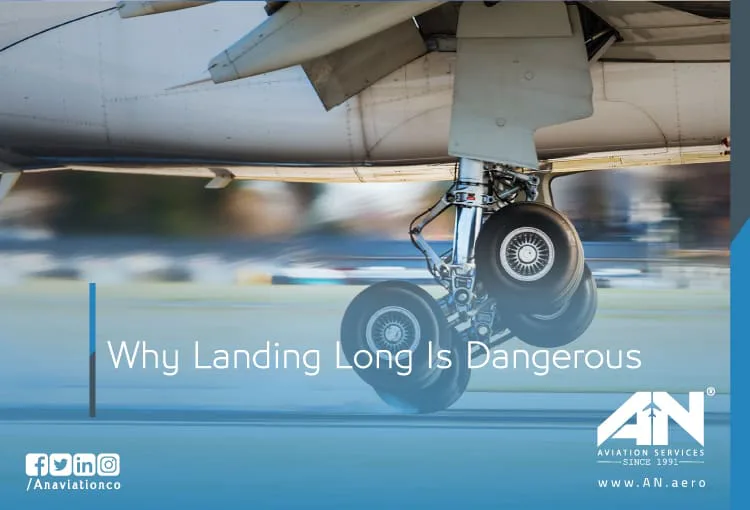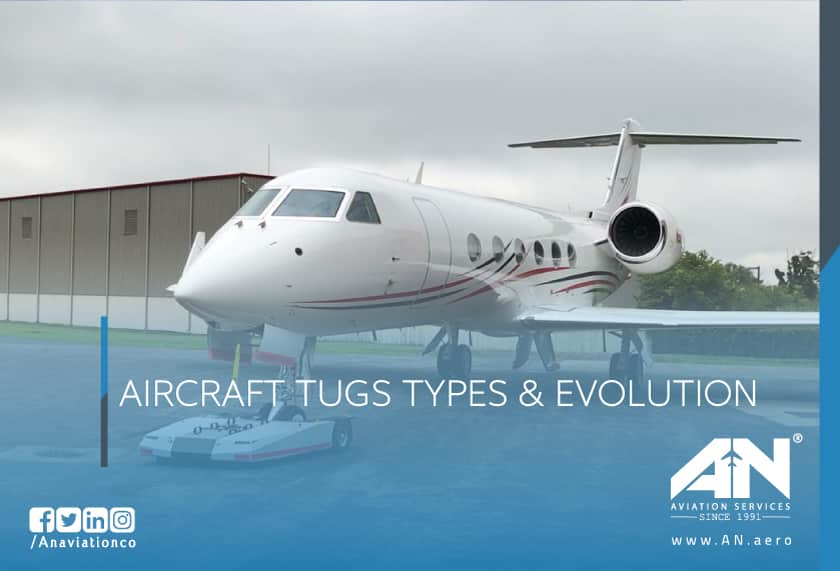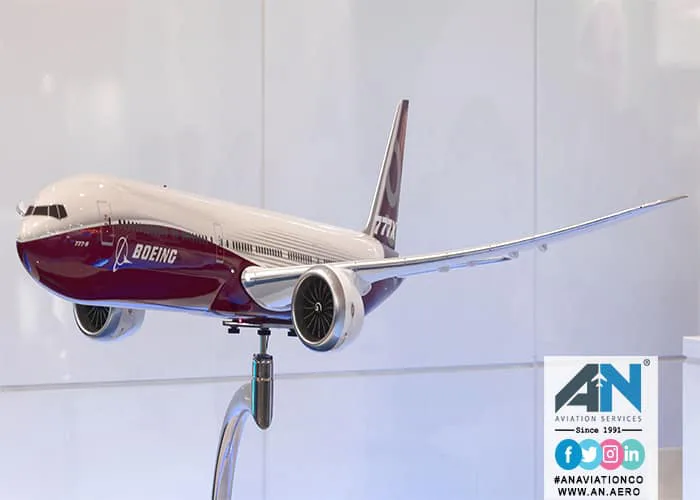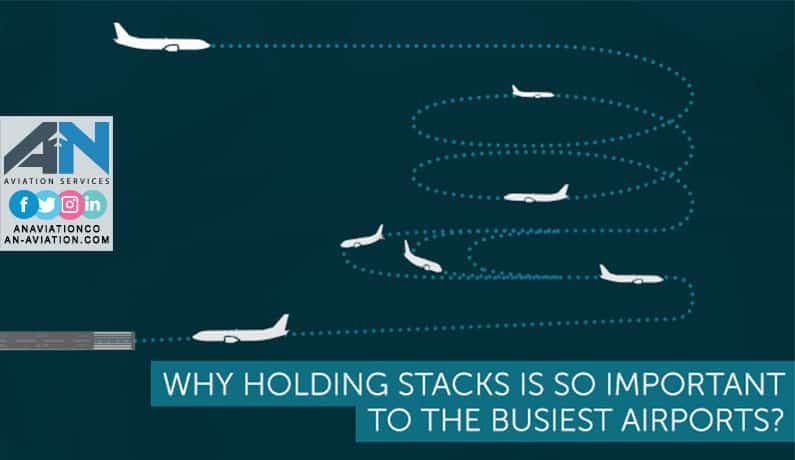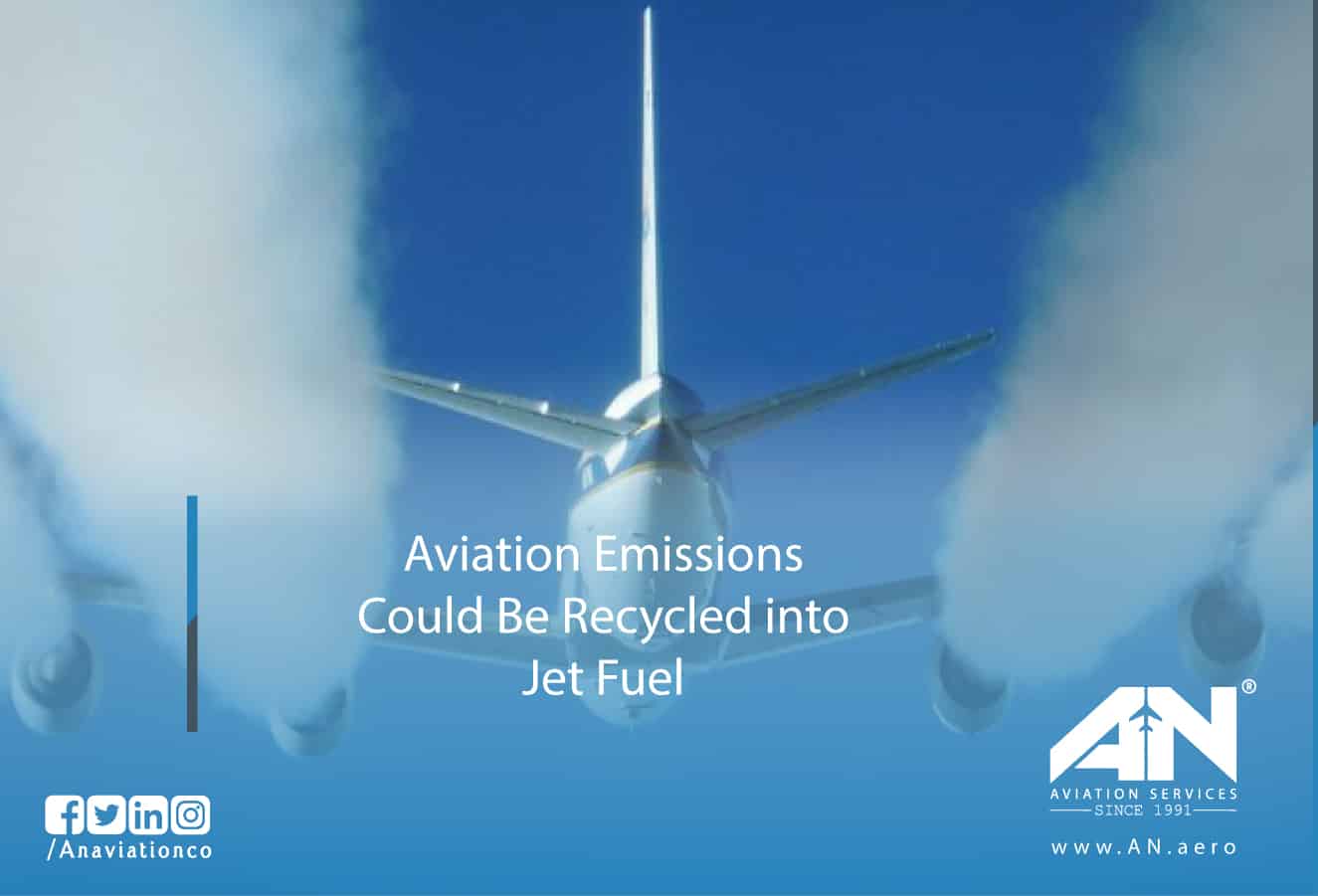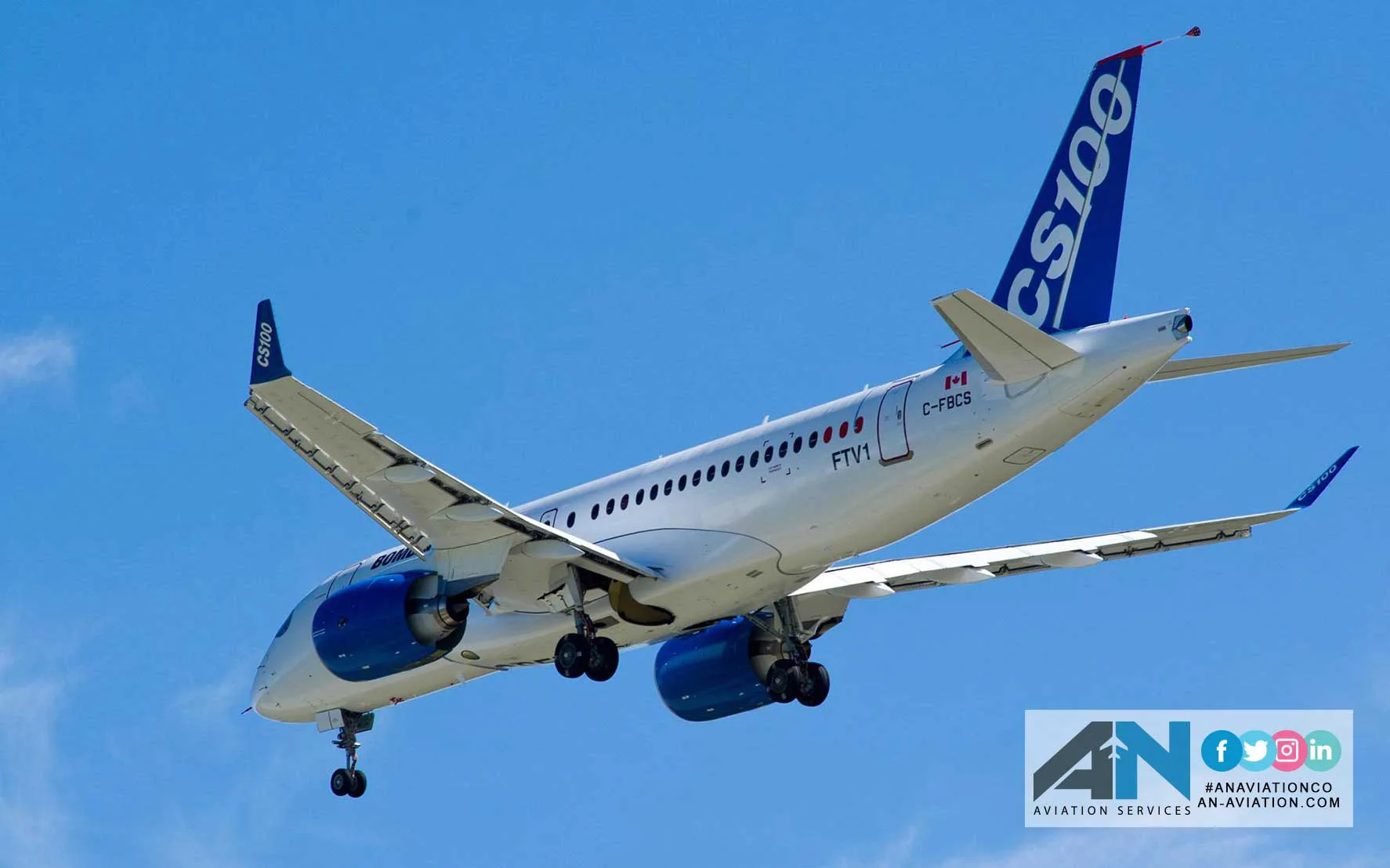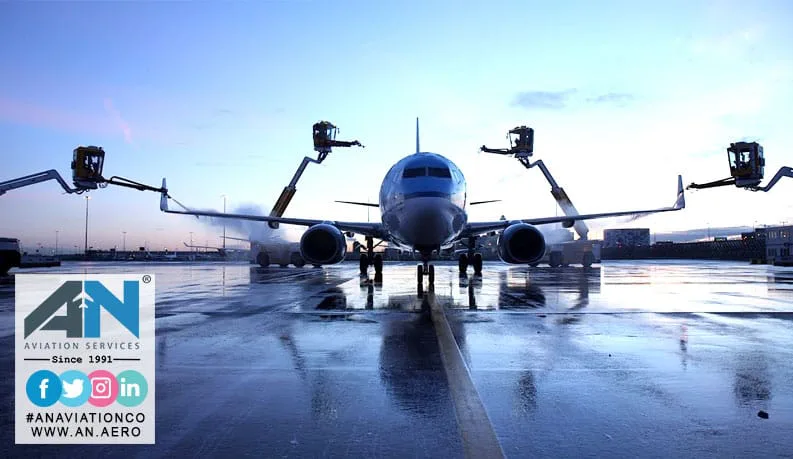
Flying in winter weather presents unique challenges for aircraft, particularly due to the formation of ice on critical surfaces like the wings, tail, and engine inlets. Ice buildup, also known as ice accretion, can affect the aerodynamics of an aircraft, making it harder to control and reducing lift, which could lead to dangerous situations. To combat these risks, aircraft are equipped with de-icing and anti-icing systems—two essential technologies designed to manage and mitigate ice formation.
In this blog post, we’ll explain the difference between anti-icing and de-icing, how these systems work, and why they’re essential for safe operations in icing conditions. We’ll also cover the various methods used on aircraft, including thermal anti-icing systems, de-ice boots, electrically heated components, and innovative technologies like weeping wings.
Understanding Icing Conditions and Their Impact
In aviation, icing conditions typically refer to environments where super cooled water droplets can freeze upon contact with the aircraft. These conditions are most commonly encountered in clouds and precipitation at temperatures below freezing. When ice forms on critical surfaces like wing and tail surfaces or around sensors like the pitot tube, it disrupts the smooth airflow necessary for flight stability and performance.
Ice buildup can also interfere with essential instruments and sensors, which impacts the flight crew’s ability to monitor the aircraft accurately. For instance, the pitot tube, which is essential for measuring airspeed, can be blocked by ice, leading to potentially inaccurate speed readings. This makes ice protection systems crucial for maintaining both safety and operational performance.
The Difference Between De-icing and Anti-Icing
Though they are often mentioned together, de-icing and anti-icing serve different purposes. De-icing is the process of removing ice that has already formed on the aircraft. This process usually occurs on the ground before takeoff, with specialized deicing equipment and chemicals. In contrast, anti-icing is a preventive measure, designed to prevent the formation of ice in flight by heating critical areas of the aircraft or applying anti-icing fluids.
While de-icing removes existing ice, anti-icing is all about preventing ice from forming in the first place. Both methods are essential in icing and de-icing operations and are often used in combination, depending on the flight conditions and aircraft requirements.
Ground De-Icing Procedures: Preparing for Takeoff
Ground de-icing is typically conducted by spraying heated, glycol-based fluids onto the aircraft’s surfaces to melt and remove ice. This process ensures that the aircraft is free of ice before takeoff, a critical step for safe departure. These de-icing systems rely on specialized equipment operated by ground crews, who spray the aircraft with de-icing fluids that can also prevent ice from reforming for a limited time.
The Pilot Operating Handbook and other flight operation manuals generally provide specific guidelines on when and how de-icing should be performed. Ground de-icing procedures are crucial in cold weather, as ice on the aircraft’s wings or control surfaces can disrupt lift, making it harder to get the plane off the ground safely.
In-Flight Anti-Icing Systems: Preventing Ice Formation Mid-Flight
Once the aircraft is airborne, it relies on built-in anti-icing systems to prevent ice formation on critical surfaces during flight. These systems are often designed to protect parts like the leading edges of the wings, engine inlets, and sensors.
One of the most common anti-icing methods is the thermal anti-icing system, which uses bleed air from the engine. This hot, compressed air is directed to specific areas of the aircraft, such as the wing’s leading edges, to keep them warm enough to prevent ice from forming. By using the aircraft’s own engine heat, the thermal anti-icing system provides a continuous, reliable source of warmth to the areas most susceptible to icing.
Another anti-icing method involves electrically heated systems. Certain aircraft components, including pitot tubes and angle-of-attack sensors, are equipped with electrical heating elements to prevent ice buildup. These electrically heated parts ensure that critical instruments remain functional, regardless of the external temperature.
De-Icing Systems on Aircraft: Removing Ice During Flight
For cases where ice has already formed on the aircraft during flight, de-icing systems are used to remove it. One popular technology is known as de-ice boots. These are inflatable rubber strips installed on the leading edges of the wings and sometimes on the tail surfaces. When ice accumulates, the de-ice boots inflate, breaking the ice off the surface. Once the ice is cracked, the boots deflate, and the airflow clears the ice away. This process can be repeated as necessary, making it effective for intermittent icing conditions.
Another innovative de-icing technology is the weeping wing system. This system uses small pores in the leading edges of the wings to release a de-icing fluid, which spreads across the surface and breaks up the ice. The fluid lowers the freezing point of any moisture that touches it, preventing ice buildup or helping to remove ice that has already formed. This system is particularly beneficial for aircraft that frequently fly in icy conditions, as it provides a continuous form of ice management.
Ice Protection for Sensors and Equipment
Critical instruments like the pitot tube and static ports are vital for an aircraft’s operation, as they provide essential data to the cockpit. Since these components are exposed to airflow, they are particularly vulnerable to icing, which can cause errors in readings for speed, altitude, and other key metrics. To prevent this, they are often equipped with electrically heated systems that ensure they remain ice-free during flight.
The pitot tube, for instance, measures airspeed by detecting the difference in air pressure. If it becomes blocked with ice, it can lead to inaccurate airspeed readings, which can be extremely dangerous, especially during takeoff and landing. The electrical heating systems used on these sensors are carefully monitored by the flight crew to ensure they’re functioning correctly, which is a critical part of deicing equipment and overall flight safety.
Icing and De-Icing in the Pilot Operating Handbook
The Pilot Operating Handbook (POH) for each aircraft provides specific guidelines on using anti-icing and de-icing systems. This includes instructions on when to activate certain systems, the limitations of each system, and emergency procedures for handling severe icing. For example, pilots are trained to monitor for icing conditions and activate anti-icing or de-icing systems at the first sign of ice accretion.
The handbook also includes procedures for situations where icing exceeds the aircraft’s capacity to handle it, in which case the flight crew may need to change altitude to avoid colder or moisture-laden layers of air. Understanding and following these guidelines is essential, as improper use of de-icing and anti-icing systems can lead to equipment failure or increased ice accumulation.
The Role of Flight Crew in Ice Protection
The flight crew plays a critical role in monitoring and managing icing conditions during flight. They are trained to recognize the early signs of ice buildup, monitor the functionality of anti-icing and de-icing systems, and take action when needed. The crew must remain vigilant, especially in clouds and during precipitation, where icing risks are higher.
In the event of significant ice accumulation, the flight crew can request changes in altitude or speed to avoid areas of severe icing. They also ensure that all deicing equipment is operational before takeoff and monitor the systems continuously throughout the flight. This attention to detail and quick response to changing conditions are essential for maintaining safety of the aircraft and its passengers.
Conclusion: Essential Tools for Safe Winter Flying
The combination of anti-icing and de-icing systems is essential for ensuring that aircraft can operate safely in challenging winter weather. From the ground de-icing procedures that prepare planes for takeoff to the in-flight systems that prevent or remove ice buildup, these technologies play a critical role in modern aviation. By preventing the formation of ice and enabling its removal when necessary, these systems help protect wing and tail surfaces, sensors, and other key components from dangerous ice accumulation.
For pilots and flight crews, understanding and properly using these systems is a fundamental part of their training. The pilot operating handbook provides detailed guidance, but ultimately, the crew’s expertise and vigilance are what keep flights safe when facing icing conditions.
Whether it’s using thermal anti-icing systems on the wings or electrically heated pitot tubes, every part of the aircraft’s ice protection system works together to ensure smooth and safe flights, even in the harshest winter conditions. Next time you see a plane taking off on a frosty day, you can be sure that a sophisticated network of de-icing and anti-icing systems is at work, keeping passengers and crew safe in the skies.


